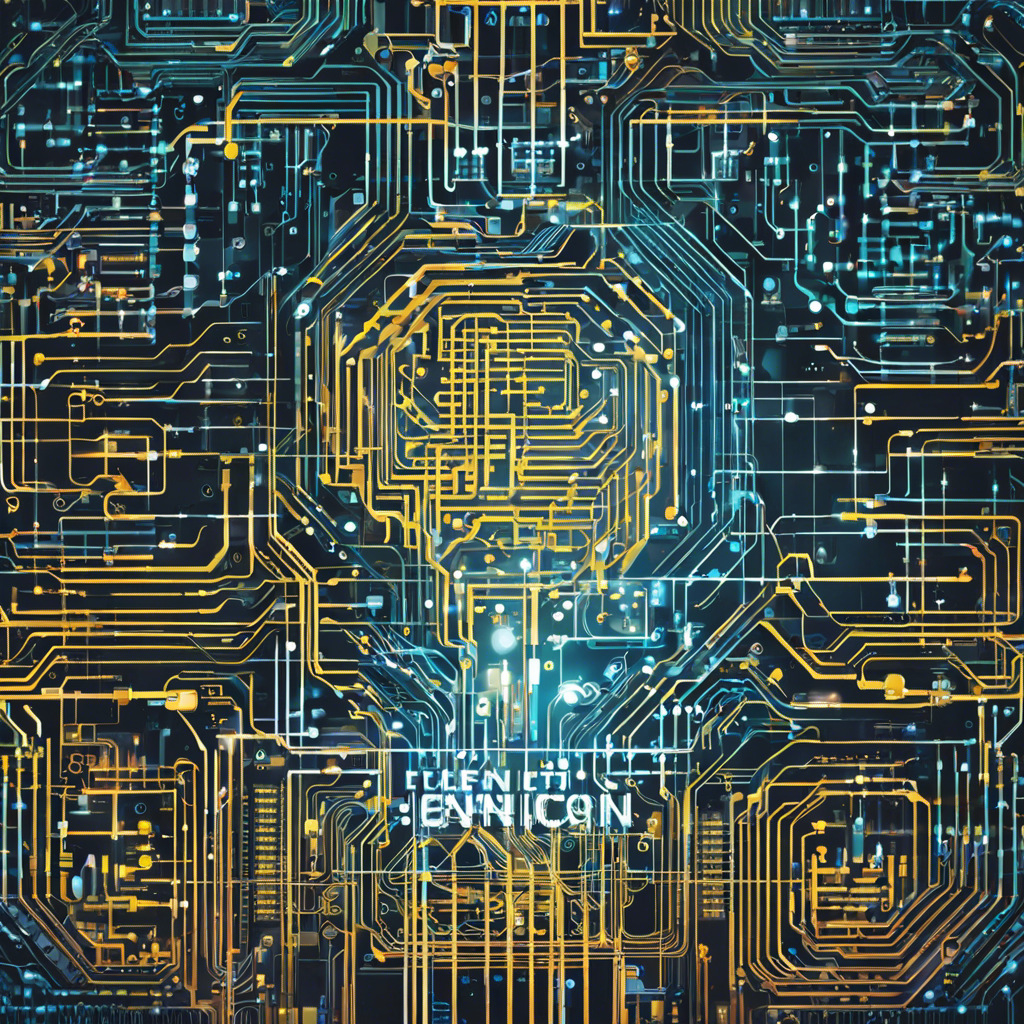Microsoft has unveiled its latest Surface lineup, which includes the Surface Pro 10 and Surface Laptop 6, both powered by AI technology for improved performance and battery life. The new devices are aimed at businesses and are designed to offer a more powerful and efficient experience for professionals.
The Surface Pro 10 is the latest iteration of the popular 2-in-1 laptop and tablet hybrid, featuring a larger 14.7-inch display and improved battery life. The device is powered by Intel’s 11th generation Core processors and features Microsoft’s new AI-powered performance boost, which uses machine learning to optimize the device’s performance based on the user’s needs.
The Surface Laptop 6, on the other hand, is a more traditional laptop, featuring a 15-inch display and a sleek design. The device is powered by AMD’s Ryzen 5000 series processors and also includes Microsoft’s AI-powered performance boost.
Both devices are designed to offer a more efficient and powerful experience for businesses, with improved battery life and performance. The new Surface lineup also includes the Surface Go 3, a more affordable and portable option, and the Surface Book 2, a powerful desktop replacement.
Microsoft’s new Surface lineup is available now, with prices starting at $749 for the Surface Pro 10 and $999 for the Surface Laptop 6. The Surface Go 3 and Surface Book 2 are also available for $399 and $1,499, respectively.
With this new lineup, Microsoft is aiming to offer a more comprehensive and powerful range of devices for businesses, catering to the needs of professionals in a variety of industries.
The new Surface devices are designed to offer a reliable and efficient experience, with improved performance and battery life, making them a great choice for businesses looking for a powerful and affordable solution.
Microsoft’s AI-powered performance boost is a welcome addition to the Surface lineup, offering users a more efficient and responsive experience.
The new Surface devices are available now, and with a range of options to choose from, businesses can find the perfect device to suit their needs. Whether it’s the powerful Surface Book 2, the portable Surface Go 3, or the AI-powered Surface Pro 10 and Surface Laptop 6, Microsoft has something to offer for every professional.
The future of computing looks bright with Microsoft’s new Surface lineup, offering a more efficient and powerful experience for businesses and professionals alike.
For businesses looking for a reliable and powerful solution, the new Surface devices are a great choice. With improved performance, battery life, and Microsoft’s AI-powered boost, the Surface lineup is a testament to the company’s innovation and commitment to offering the best possible experience.
The Surface Pro 10 and Surface Laptop 6 are Microsoft’s first AI-powered PCs, and they offer a promising start to the company’s AI-driven future.
The Washington Post and BuzzFeed News readers can explore the new Surface lineup and experience the power and performance of Microsoft’s latest devices.









